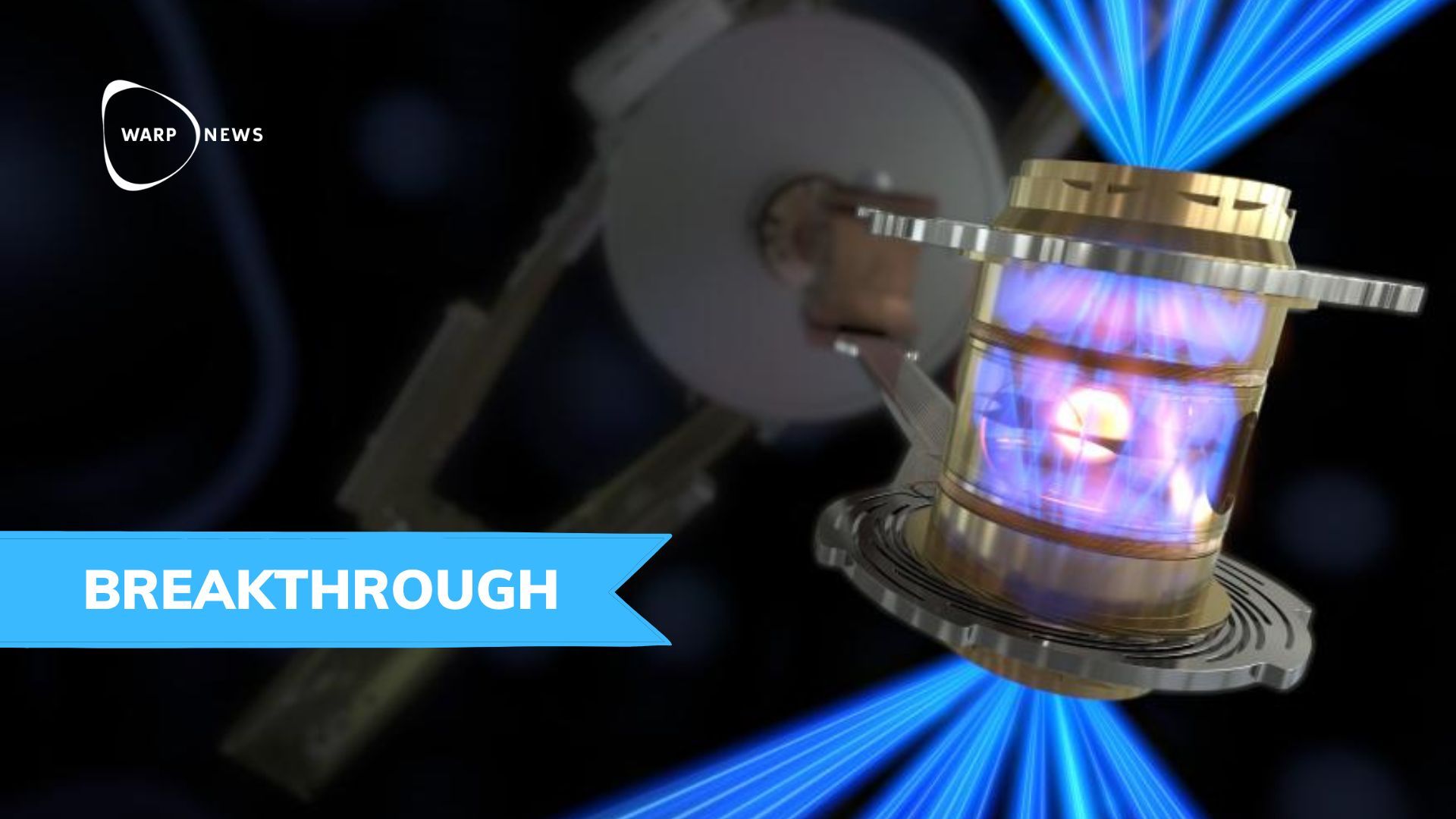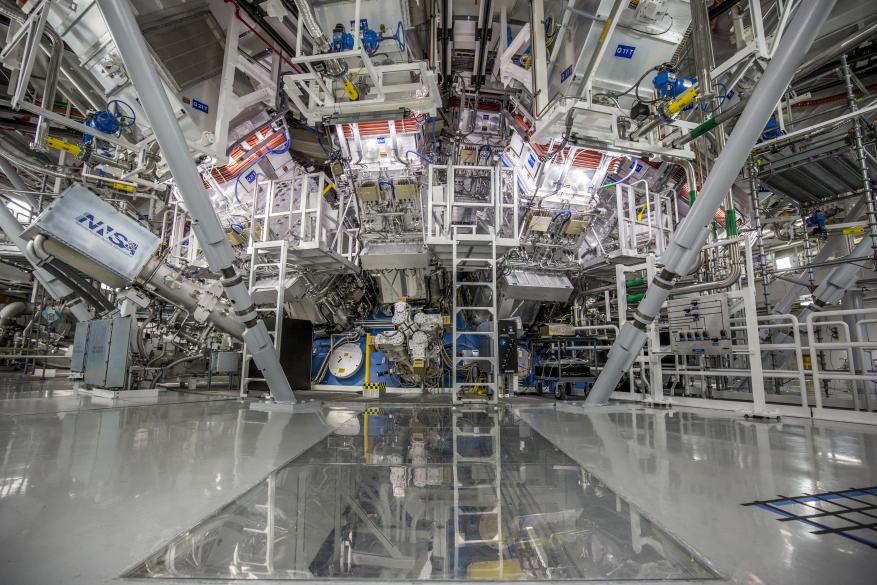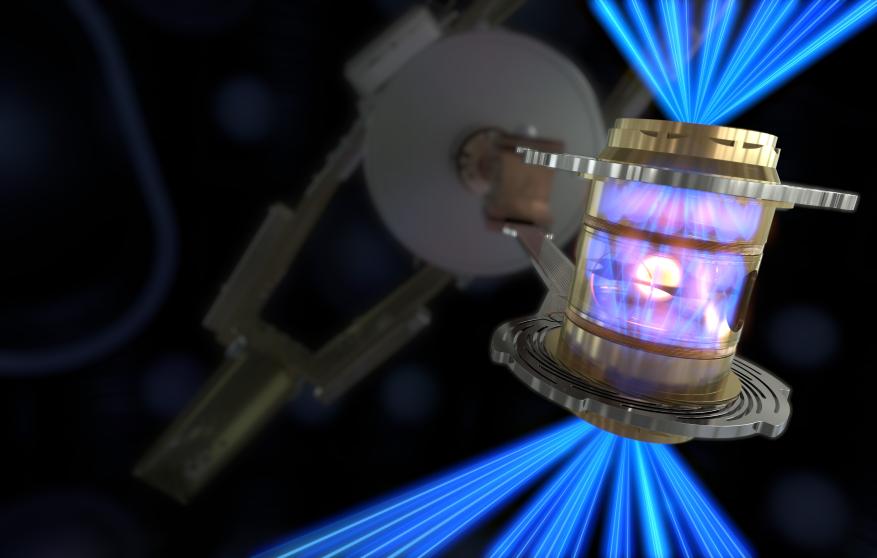
⚡ Nuclear fusion breakthrough: More energy out than in
For the first time in history, scientists have managed to produce more energy from nuclear fusion than what was required for the lasers to drive it.
Share this story!
Nuclear fusion has been 50 years away, they've been saying for over 50 years. Well, now they can stop saying that.
A team at Lawrence Livermore National Laboratory successfully conducted the first controlled fusion experiment in history.
The experiment produced more energy from fusion than the laser energy used to drive it.

“We have had a theoretical understanding of fusion for over a century, but the journey from knowing to doing can be long and arduous. Today’s milestone shows what we can do with perseverance,” said Dr. Arati Prabhakar, director of the White House Office of Science and Technology Policy.

The experiment delivered 2.05 MJ of energy to the target, resulting in 3.15 MJ of fusion energy output.
Fusion is a process that combines two light nuclei to create a single heavier nucleus, releasing a large amount of energy. In the 1960s, Lawrence Livermore National Laboratory scientists proposed that lasers could create fusion in a lab. This idea became known as inertial confinement fusion and has been researched for over 60 years.

They built a series of powerful laser systems, leading to the creation of NIF, the world's largest and most powerful laser. NIF is the size of a sports stadium and uses laser beams to create temperatures and pressures like those in the cores of stars and giant planets, and inside exploding nuclear weapons.
By becoming a premium supporter, you help in the creation and sharing of fact-based optimistic news all over the world.


